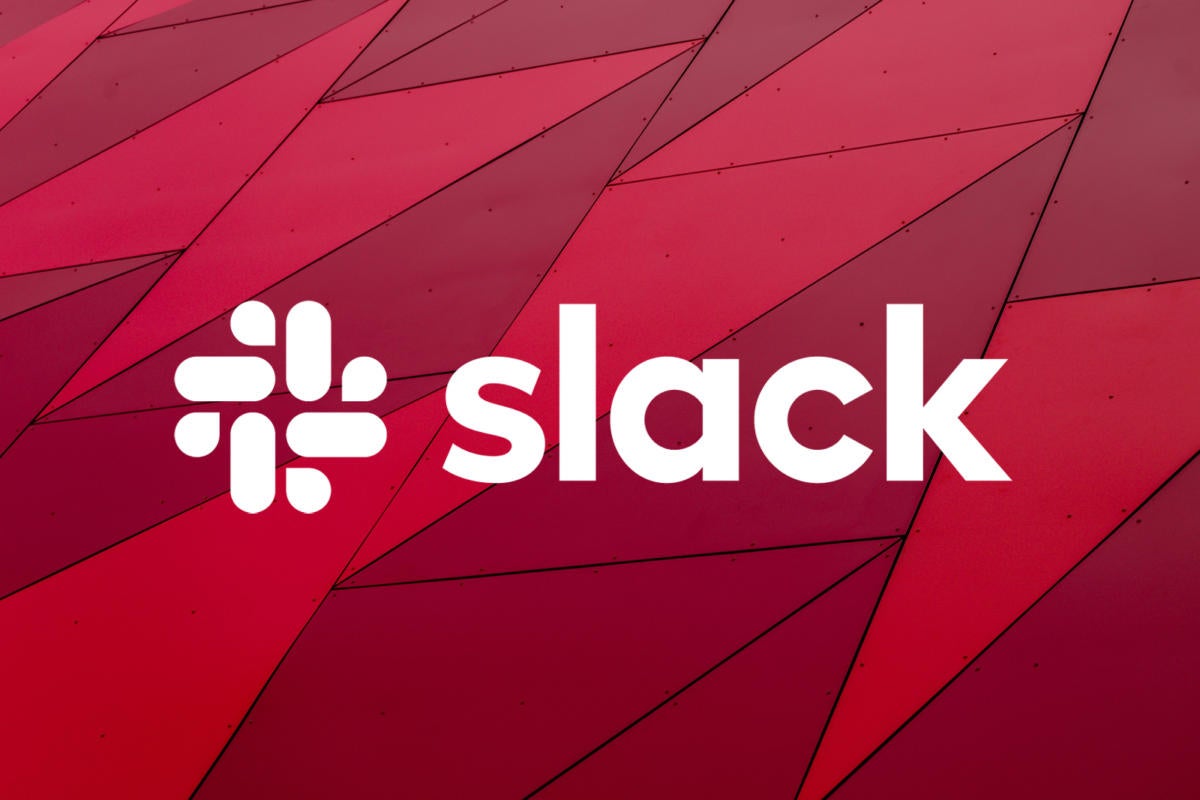As businesses eye a return to the office, many are settling on a mixed approach to remote and in-office work. For those outside of the workplace, this creates challenges in re-creating serendipitous and ad-hoc interactions — the digital equivalent of a tap on a colleague’s shoulder, or watercooler chat.
With the launch today of Slack Huddles — first discussed as a prototype last October — Slack hopes to lower the barrier to start conversations in its app with “audio-first” meetings reminiscent of Clubhouse, Discord and other voice-based tools.
Slack Huddles provides a more casual and informal approach to meetings that video apps tend to lack, Slack CEO Stewart Butterfield said in a presentation Monday. “Just like email is not a great means to base all of your internal communication on, the formats that we have for meetings — blocks of 30 minutes, everyone in the conference room, or a screen of little rectangles and video feeds of people’s faces — that can’t possibly be it,” he said.
“[It means] moving from a world where meetings have to be structured, to where they can be more ad hoc and spontaneously emerge and get some of that serendipity back in the conversations," he said.
 Slack
Slack
With Slack Huddles, Slack users can start an audio meeting with colleagues in either channel conversations or with direct messages by clicking a headphones icon.
Slack users can start an audio meeting with colleagues in either channel conversations or with direct messages by clicking a “headphones” icon in the left-hand sidebar. Once started, participants can share their screen to discuss a shared document, for instance. It’s also possible to start an audio chat room with external participants, Slack said.
“[Slack Huddles] provides Clubhouse-like functionality inside of chat rooms and allows it to better compete with alternatives like Discord,” said Irwin Lazar, president and principal analyst at research and advisory firm Metrigy.
However, he expects Slack Huddles to be more of a niche feature, “as most Slack customers already have a meeting app that they've integrated into Slack” such as Google Meet or Zoom, for example. “Slack will need to educate customers on when it makes sense to use Slack Huddles versus other meeting apps (or Slack's own video meeting capabilities),” Lazar said.
A variety of, mostly consumer-focused tech companies have sought to replicate Clubhouse, including Facebook, Twitter, and LinkedIn. Collaboration start-ups such as Tandem also provide audio “room” functionality aimed specifically at workplace use.
Slack’s Slack Huddles is available to all paid teams as of today.
Asynchronous video messages
Slack also announced new capabilities to create and share voice, video, and screen recordings with co-workers. That means, for example, that colleagues operating in different time zones can share ideas and communicate more easily at a time that’s convenient for everyone. Recorded videos will offer live captioning, as well as automatically creating searchable text transcripts.
The message recording feature will be available for paid users in the next few months, the company said.
In addition, Slack offered an update on the integration of technology the company acquired last year with the purchase of corporate directory startup Rimeto. A new product feature, Atlas, will be available to customers on the Slack Business+ and Enterprise Grid payment plans.
Atlas is currently available to customers in the US and Canada ahead of a broader roll out “coming soon,” will provide access to more detailed employee profiles, including company org charts, employee start dates, and more.
“I really like the idea of Atlas bringing more knowledge of employees into Slack, allowing people to learn about each other and find appropriate people in their organizations,” said Lazar, likening Slack’s move to Cisco’s acquisition of Accompany (a “relationship intelligence platform”) in 2018 and Microsoft's integration of LinkedIn into its Teams collaboration app.






